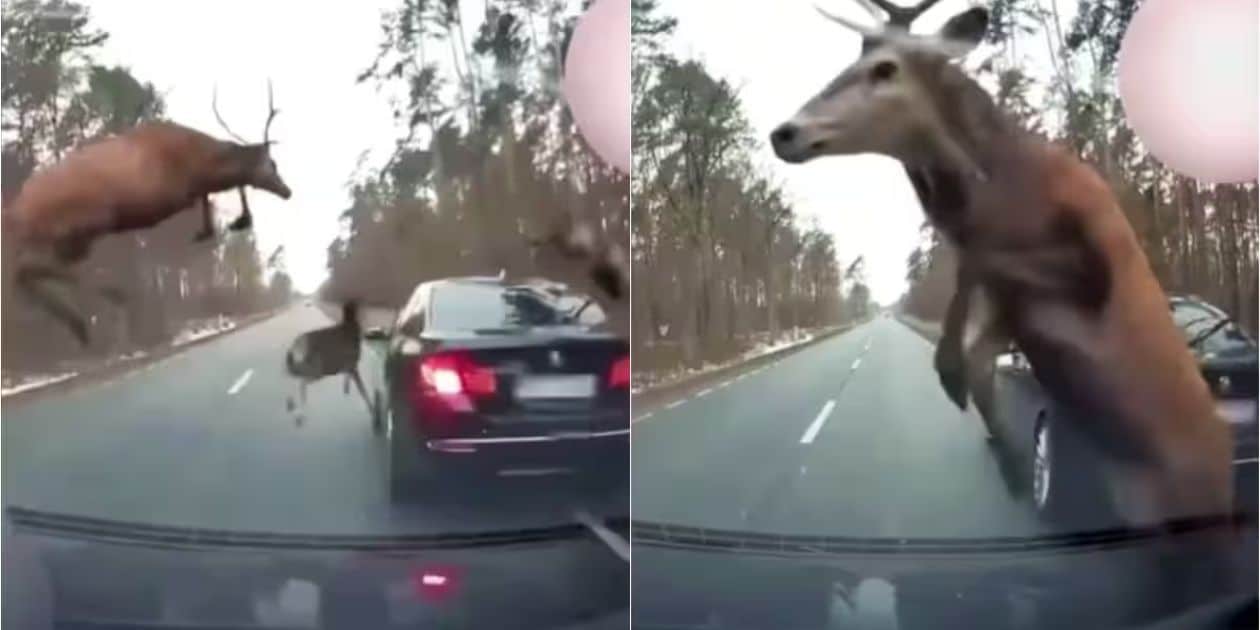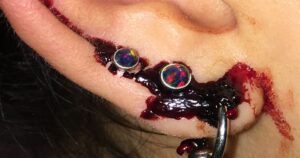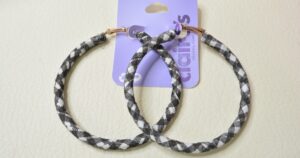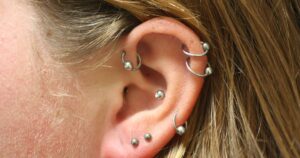Deer jumping in front of cars is a common occurrence on roads, especially in areas with a high deer population. This behavior can be dangerous for both the deer and the driver.
Why do deer jump in front of cars? Deer may jump in front of cars because they get scared by the car’s sound or headlights. This is especially true during mating season. When male deer, also known as bucks, are more active and aggressive. Also, deer are creatures of habit and often follow the same paths and routines. This can lead them to crossroads at the same time each day.
Despite efforts to reduce the number of deer-related accidents, they continue to happen. Drivers can take precautions such as reducing their speed in areas where deer are known to be active. They use high beams when driving at night and stay alert for any signs of deer near the road.
Deer Behavior and Habitat
Deer are native to many parts of the world and are often found in wooded areas with access to food and water. Their habitats can vary depending on the species. But they generally prefer areas with dense vegetation and a nearby water source.
Deer exhibit skittish and easily spooked behavior. They have a keen sense of smell and can hear and see well, which helps them avoid predators in the wild. Their cautious nature can also make them prone to sudden movements and running across roads.
Why do deer jump in front of cars? During mating season, which occurs in the fall. Deer may become more active and visible during dawn and dusk hours. This increased activity can lead to more frequent collisions with cars on roadways. Understanding deer behavior and habitat is important in preventing collisions with these animals.
Reasons for Deer-Car Collisions
Deer-car collisions can occur for a variety of reasons, including:
Habitat destruction
As human development expands, it forces deer to migrate and cross roads more frequently. This increases the likelihood of collisions.
Time of day
Deer are most active at dawn and dusk, which are also times when visibility is poor. This can increase the chances of a collision.
Deer behavior
Deer may be attracted to roadsides to feed on plants or cross the road to reach water sources.
Speed
Driving above the speed limit reduces reaction time. This makes it more difficult to avoid collisions.
Weather conditions
Poor weather conditions such as fog, rain, or snow can decrease visibility and increase the risk of a collision.
Lack of warning signs
Some roads may need proper signage warning drivers of deer crossing areas.
Seasonal factors
Deer are more likely to be on the move during mating season and hunting season.
Distracted driving
Distracted driving can cause drivers to miss deer crossing signs or react too to avoid collisions.
Drivers need to be aware of the risks. Take precautions to prevent deer-car collisions. It includes reducing speed, staying alert, and using high beams when driving at night.
The Role of Seasonal Changes
Seasonal changes can play a significant role in many aspects of animal behavior. It includes the likelihood of deer-car collisions. The changing seasons can affect deer behavior in particular. This can increase the risk of collisions. Here are some ways that seasonal changes can impact the likelihood of deer-car collisions:
Mating season
During the breeding season, which occurs in the fall. Male deer may become more aggressive and territorial and more likely to cross roads searching for a mate. This can increase the risk of collisions with cars.
Migration
Deer may migrate to different areas depending on the season. This can increase their likelihood of crossing roads. For example, in the winter, deer may move to lower elevations for food. It could lead to more deer on roads near human habitation.
Food availability
In the fall, deer may be more active as they search for food in preparation for winter. It could increase the likelihood of them crossing roads. Similarly, deer may be more active in the spring as they search for new food sources after a long winter.
Daylight hours
As the days get shorter in the fall and winter. Deer may be more active during the early morning and late afternoon when visibility is lower. This could increase the risk of collisions during those times.
Human Factors Contributing to Deer-Car Collisions
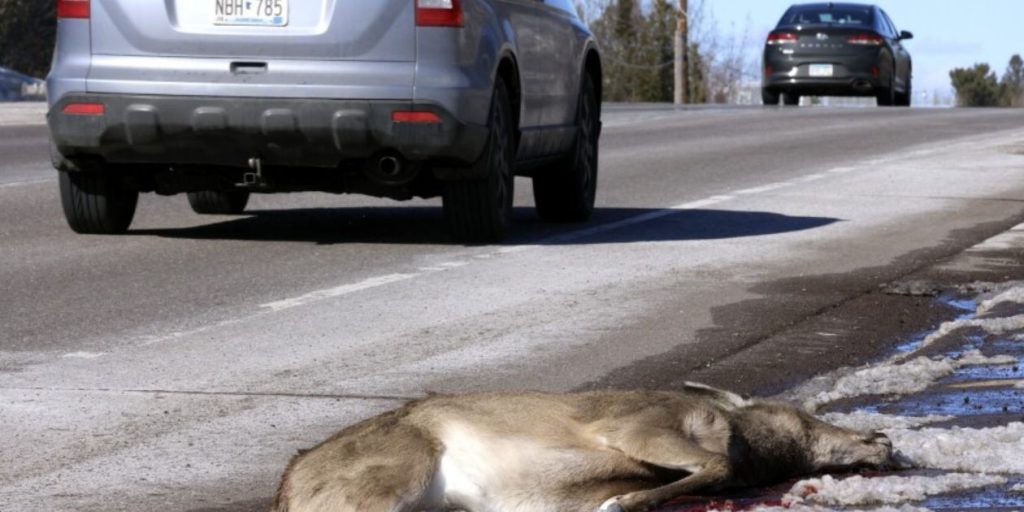
Human factors can play a significant role in deer-car collisions. Here are some of the ways that human behavior can contribute to these accidents:
Distracted driving
Cell phones, GPS devices, or other distractions distract drivers. It may only notice deer on or near the road once it is too late to avoid a collision.
Driving under the influence
Driving under the influence of alcohol or drugs can impair a driver’s judgment, vision, and reaction time. This makes it more difficult to avoid a collision with a deer.
Speeding
Driving above the speed limit or too fast for road conditions can reduce a driver’s ability to react to a deer on the road.
Failure to use high beams
Using high beams when driving at night can increase visibility and make it easier to spot deer on or near the road.
Failure to obey traffic signs
Many areas post signs warning drivers of deer crossing areas.. but drivers who ignore these signs are more likely to collide with deer.
Lack of attention to surroundings
Some drivers may focus more on their destination than scanning the road ahead for potential hazards like deer.
Lack of experience
Drivers who need to be more experienced or familiar with driving in rural areas. It may be more likely to collide with deer.
Drivers should be alert and focused when driving to reduce the risk of deer-car collisions. Drivers should also obey traffic signs warning deer crossing areas and use high beams when driving at night.
Conclusion
while there is no clear answer to why deer tend to jump in front of cars. But there are a few theories that offer some explanations. One idea is that deer are attracted to the light of the car. This is mistaking it for the light of another deer’s eyes, and becoming disoriented.
Why do deer jump in front of cars? Another theory is that deer are trying to avoid the danger of the car and jump as a survival instinct. Regardless of the reason, drivers need to be aware of the potential for deer to cross their path, particularly during dawn and dusk when deer are most active.
Drivers can take precautions by slowing down in areas where deer are commonly seen. They use high beams when driving in rural areas and are prepared to brake if a deer does appear on the road. While it can be frustrating and dangerous when deer jump in front of cars, understanding their behavior and taking preventative measures can help minimize the risk of collisions and keep both drivers and wildlife safe.
